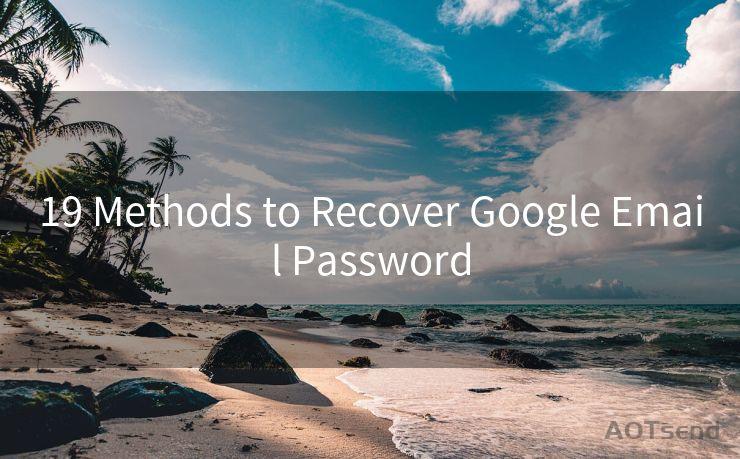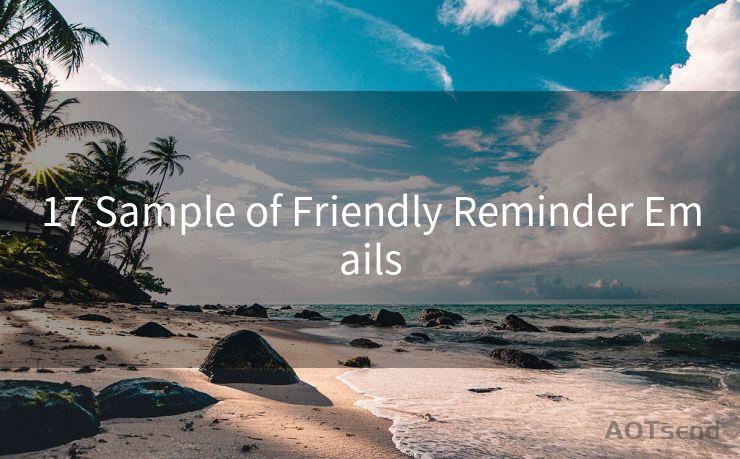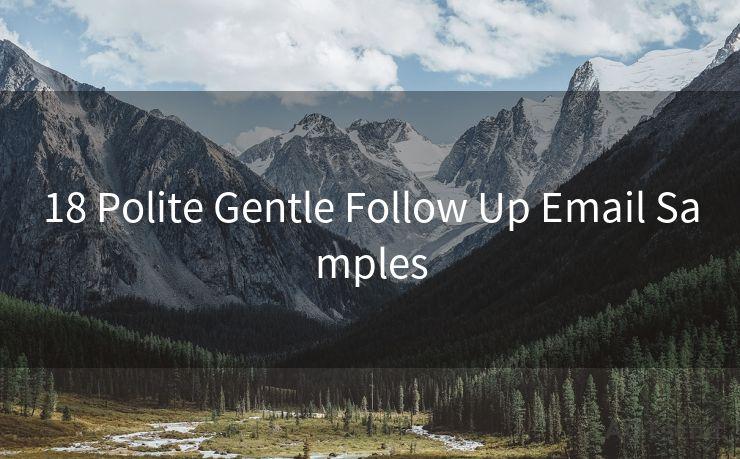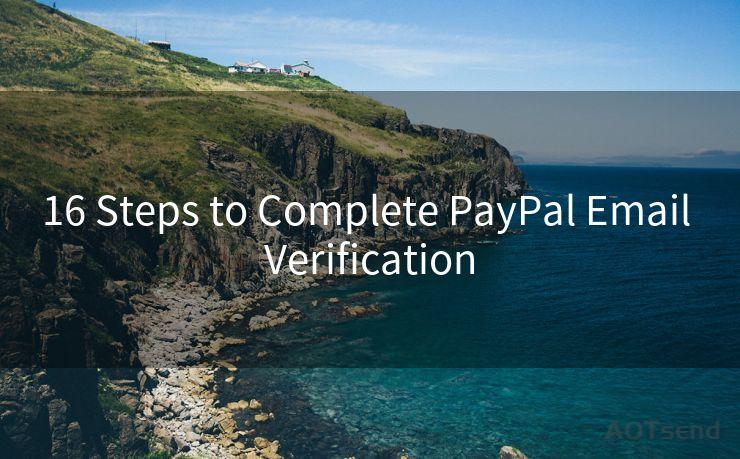Best 9 Ways to Set Up Email Alerts in Azure Sentinel
Hello everyone, I’m Kent, the website admin. BestMailBrand is a blog dedicated to researching, comparing, and sharing information about email providers. Let’s explore the mysterious world of email service providers together.




Azure Sentinel, Microsoft's cloud-native SIEM (Security Information and Event Management) solution, provides robust security analytics and threat intelligence across the enterprise. One of the key features of Azure Sentinel is its ability to set up email alerts for potential security threats or suspicious activities. In this blog, we'll explore the best nine ways to configure email alerts in Azure Sentinel.
1. Understanding Alert Rules
Before diving into the setup, it's crucial to understand Azure Sentinel's alert rules. These rules are based on queries that run against the collected data, triggering alerts when specific conditions are met.
2. Creating Basic Email Alerts
The first step is to create a basic email alert. In the Azure Sentinel portal, navigate to "Analytics" and then "Create" a new rule. Here, you can define the query, set the alert frequency, and configure email notifications.
3. Customizing Alert Logic
To make alerts more relevant, customize the alert logic. Azure Sentinel allows you to use Kusto Query Language (KQL) to define complex conditions for triggering alerts. This flexibility ensures that you only receive notifications for events that truly matter.
4. Setting Alert Severity
When configuring alerts, it's important to assign an appropriate severity level. Azure Sentinel offers multiple severity levels, from "Informational" to "High." Choosing the right severity helps filter and prioritize alerts effectively.
5. Grouping and Suppressing Alerts
To reduce alert fatigue, Azure Sentinel allows you to group similar alerts together. Additionally, you can suppress duplicate alerts within a specified time window, ensuring you're not inundated with redundant notifications.
6. Fine-Tuning Alert Thresholds
Fine-tuning the thresholds for triggering alerts is crucial. Setting thresholds too low may result in too many false positives, while thresholds that are too high could miss important events. Experiment with different thresholds to find the optimal balance.
7. Utilizing Playbooks for Automated Responses
Azure Sentinel integrates with Azure Logic Apps, allowing you to create playbooks that automatically respond to triggered alerts. For example, you can set up a playbook to automatically disable a user account when suspicious activity is detected.
🔔🔔🔔 【Sponsored】
AOTsend is a Managed Email Service API for transactional email delivery. 99% Delivery, 98% Inbox Rate.
Start for Free. Get Your Free Quotas. Pay As You Go. $0.28 per 1000 Emails.
You might be interested in:
Why did we start the AOTsend project, Brand Story?
What is a Managed Email API, How it Works?
Best 24+ Email Marketing Service (Price, Pros&Cons Comparison)
Best 25+ Email Marketing Platforms (Authority,Keywords&Traffic Comparison)
8. Integrating with External Systems
For advanced use cases, Azure Sentinel can integrate with external ticketing or SIEM systems. This integration allows for a more comprehensive security response workflow.
9. Regularly Reviewing and Updating Rules
Lastly, it's essential to regularly review and update your alert rules. As your enterprise environment evolves, new threats emerge, and old ones become irrelevant. Keeping your rules up to date ensures the effectiveness of your security monitoring.
In conclusion, Azure Sentinel provides powerful tools for setting up email alerts to keep you informed about potential security issues. By following these best practices, you can ensure that your organization stays vigilant against threats while avoiding alert fatigue. Remember to regularly review and update your rules to maintain the highest level of security.





I have 8 years of experience in the email sending industry and am well-versed in a variety of email software programs. Thank you for reading my website. Please feel free to contact me for any business inquiries.
Scan the QR code to access on your mobile device.
Copyright notice: This article is published by AotSend. Reproduction requires attribution.
Article Link:https://www.bestmailbrand.com/post4236.html











